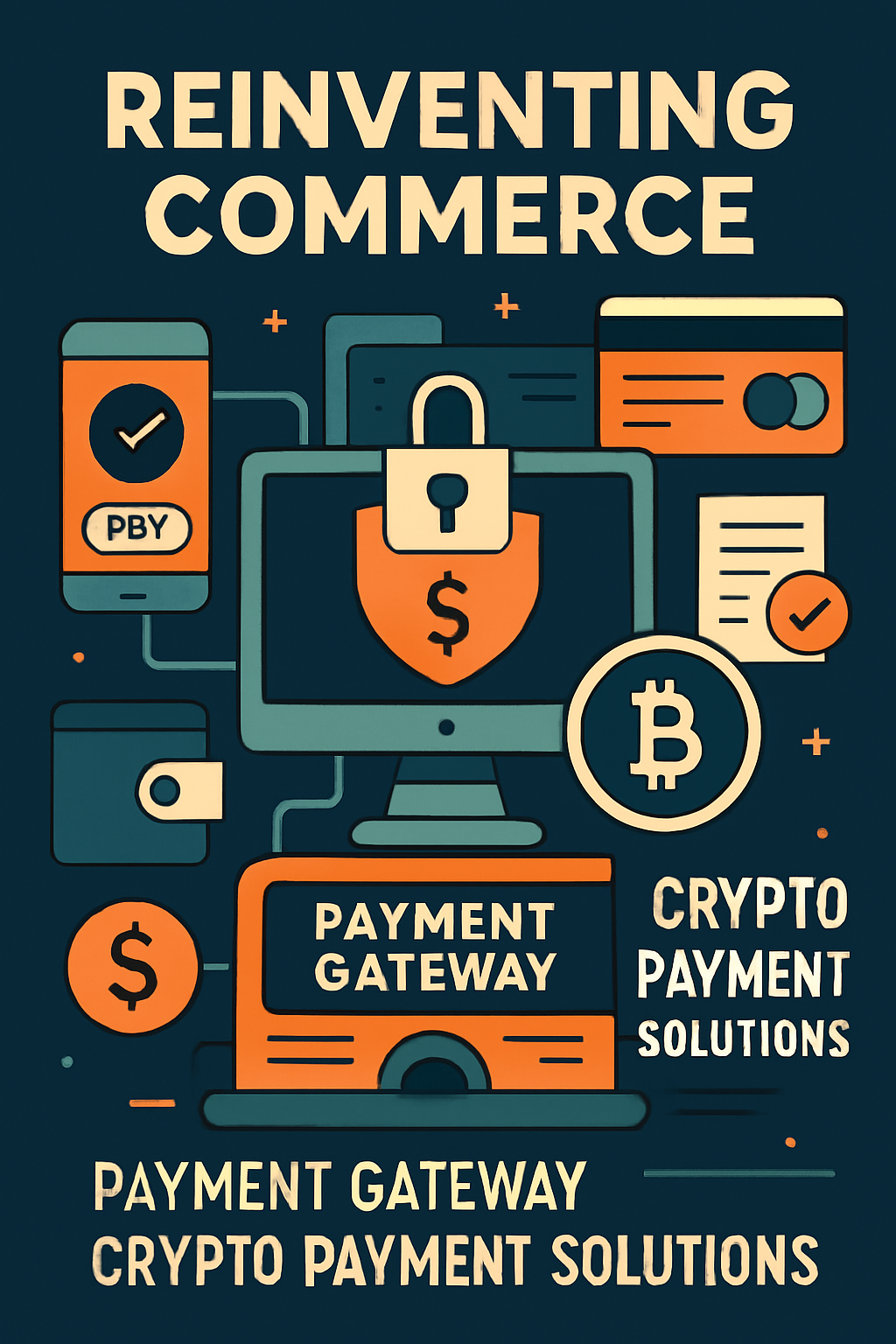Crypto Wallet Payments: Unlocking the Future of Digital Transactions
June 10, 2025 | by 16squaresmaster@gmail.com

Introduction
The way we pay for goods and services is changing rapidly. While traditional payment systems like credit cards and bank transfers remain dominant, cryptocurrency payments are growing fast — offering new levels of speed, security, and global accessibility.
At the heart of this transformation are crypto wallet payments — the process of sending and receiving funds using cryptocurrency wallets. This mechanism enables peer-to-peer digital transactions without intermediaries, empowering both individuals and businesses to participate in the decentralized financial ecosystem.
In this article, we explore how crypto wallet payments work, the different types of wallets, their benefits, use cases, challenges, and what the future holds for this exciting space.
What Are Crypto Wallet Payments?
Crypto wallet payments refer to transactions where cryptocurrency is sent from one wallet to another in exchange for goods, services, or digital assets.
A crypto wallet is a software or hardware tool that stores a user’s private keys — giving them control over their crypto assets and allowing them to authorize transactions on the blockchain.
In a typical crypto wallet payment flow:
- The customer initiates a payment from their wallet.
- The recipient provides a wallet address or a payment request (QR code or link).
- The transaction is signed and broadcast to the blockchain.
- Once confirmed, funds are transferred securely and immutably.
Types of Crypto Wallets Used for Payments
There are several categories of crypto wallets:
1. Hot Wallets (Software Wallets)
- Installed on desktop or mobile devices.
- Connected to the internet.
- Popular wallets: MetaMask, Trust Wallet, Phantom, Coinbase Wallet.
Best for:
- day-to-day payments,
- online shopping,
- Web3 apps.
2. Cold Wallets (Hardware Wallets)
- Physical devices that store private keys offline.
- Not constantly connected to the internet.
- Popular wallets: Ledger Nano X, Trezor Model T.
Best for:
- long-term storage,
- high-value transactions,
- extra security.
3. Web Wallets
- Wallets accessed through a browser.
- Hosted by exchanges or service providers.
- Popular examples: Binance Wallet, Crypto.com Wallet.
Best for:
- ease of use,
- integrated exchange and payment features.
4. Custodial vs. Non-Custodial
- Custodial wallets: a third party holds private keys (e.g. exchange wallets).
- Non-custodial wallets: users control their own keys (e.g. MetaMask, Ledger).
Non-custodial wallets offer higher privacy and control — key principles of crypto payments.
Benefits of Crypto Wallet Payments
1. Borderless Transactions
Crypto wallet payments can be sent globally, bypassing the limitations of national banking systems.
2. Speed
Payments settle in minutes or seconds, compared to days for bank wires.
3. Low Fees
Depending on the blockchain and wallet used, transaction fees can be significantly lower than credit card processing fees — especially on Layer-2 networks.
4. Security
Crypto transactions are cryptographically secure and irreversible once confirmed, reducing fraud risks like chargebacks.
5. Privacy
Crypto payments can be made without sharing sensitive personal information — reducing risks of data breaches and identity theft.
6. Full User Control
With non-custodial wallets, users retain full control of their funds and can transact at will.
Popular Use Cases for Crypto Wallet Payments
E-commerce
Online merchants increasingly accept crypto payments directly to their wallets:
- BitPay, NOWPayments, and other gateways provide merchant solutions.
- Customers pay in BTC, ETH, stablecoins, and more.
Peer-to-Peer Transactions
Individuals use wallet payments for:
- splitting bills,
- paying freelancers,
- sending gifts,
- family remittances.
Subscriptions and Services
Businesses offer crypto subscription models where customers pay from their wallets on a recurring basis — supported by smart contracts or payment processors.
Web3 Ecosystem
Crypto wallet payments power the Web3 economy:
- buying NFTs,
- participating in DAOs,
- trading on decentralized exchanges (DEXs),
- gaming and metaverse payments.
International Payroll
DAOs and Web3 companies use wallet payments to:
- pay contributors globally,
- avoid banking barriers,
- automate payroll.
Charitable Donations
Crypto wallets enable fast, low-cost donations to global causes:
- borderless,
- transparent,
- irreversible.
Challenges and Limitations
1. Volatility
Crypto price swings can affect the value of payments. Many businesses prefer to accept stablecoins (USDC, USDT, DAI) for predictable value.
2. UX Complexity
Wallet UX still has friction points:
- seed phrase management,
- gas fees,
- transaction confirmations.
Better wallet UX is a top priority for driving adoption.
3. Transaction Costs
Layer-1 networks (e.g. Ethereum) can have high fees during congestion. Layer-2 scaling solutions (Polygon, Arbitrum, Optimism) offer cheaper payments.
4. Regulatory Uncertainty
Crypto payments must comply with:
- AML/KYC regulations,
- consumer protection laws,
- tax reporting requirements.
Businesses should monitor legal developments carefully.
5. Refund Complexity
Crypto payments are irreversible. Merchants must implement clear refund policies and mechanisms.
The Future of Crypto Wallet Payments
The space is evolving rapidly:
- Account Abstraction (ERC-4337) will enable smarter wallet automation — making payments seamless.
- Layer-2 networks are driving faster and cheaper transactions.
- Wallet UX is improving, especially on mobile.
- Payment gateways are adding support for recurring crypto payments and multi-chain payments.
- Cross-chain interoperability will allow wallet payments across different blockchains.
As these innovations mature, crypto wallet payments will become mainstream — powering a wide range of consumer and business use cases.
Conclusion
Crypto wallet payments represent a fundamental shift in how value is transferred online:
- fast,
- global,
- secure,
- transparent,
- privacy-preserving.
For individuals, wallet-based payments offer financial freedom and control. For businesses, they open new markets and reduce costs.
As wallet UX improves and regulatory clarity emerges, crypto wallet payments are poised to become a key pillar of the Web3 economy and beyond.
Forward-thinking businesses that embrace this payment method now will be well-positioned to thrive in the decentralized digital future.
RELATED POSTS
View all


